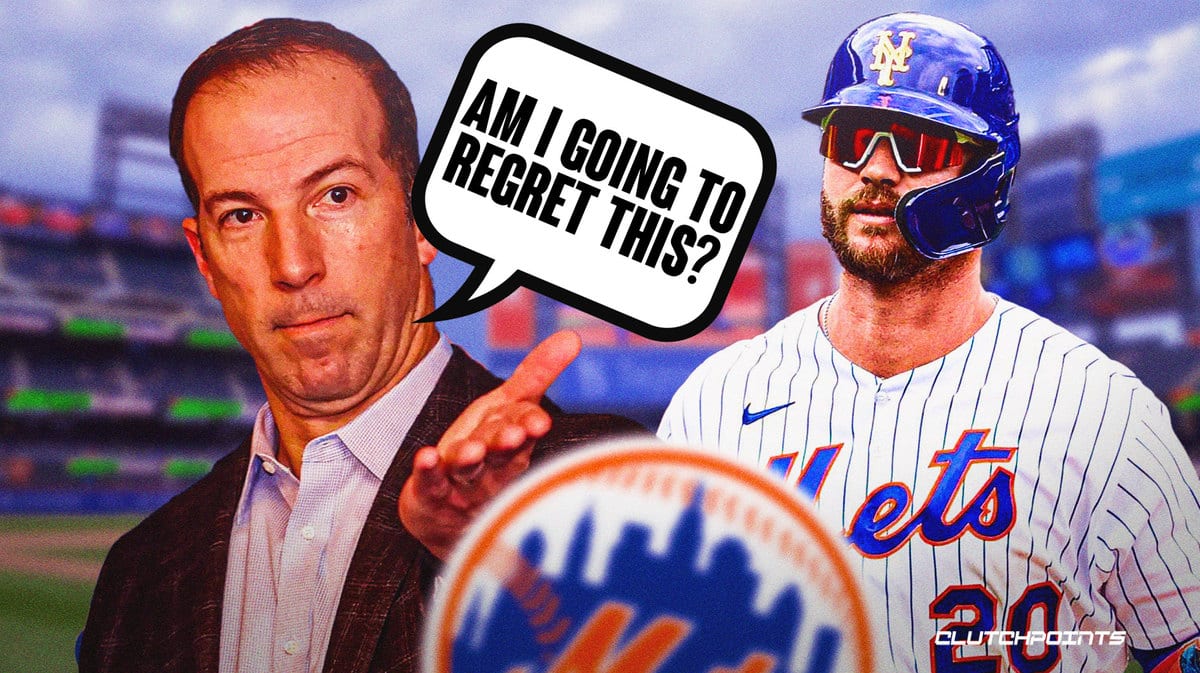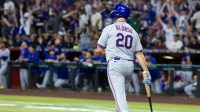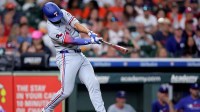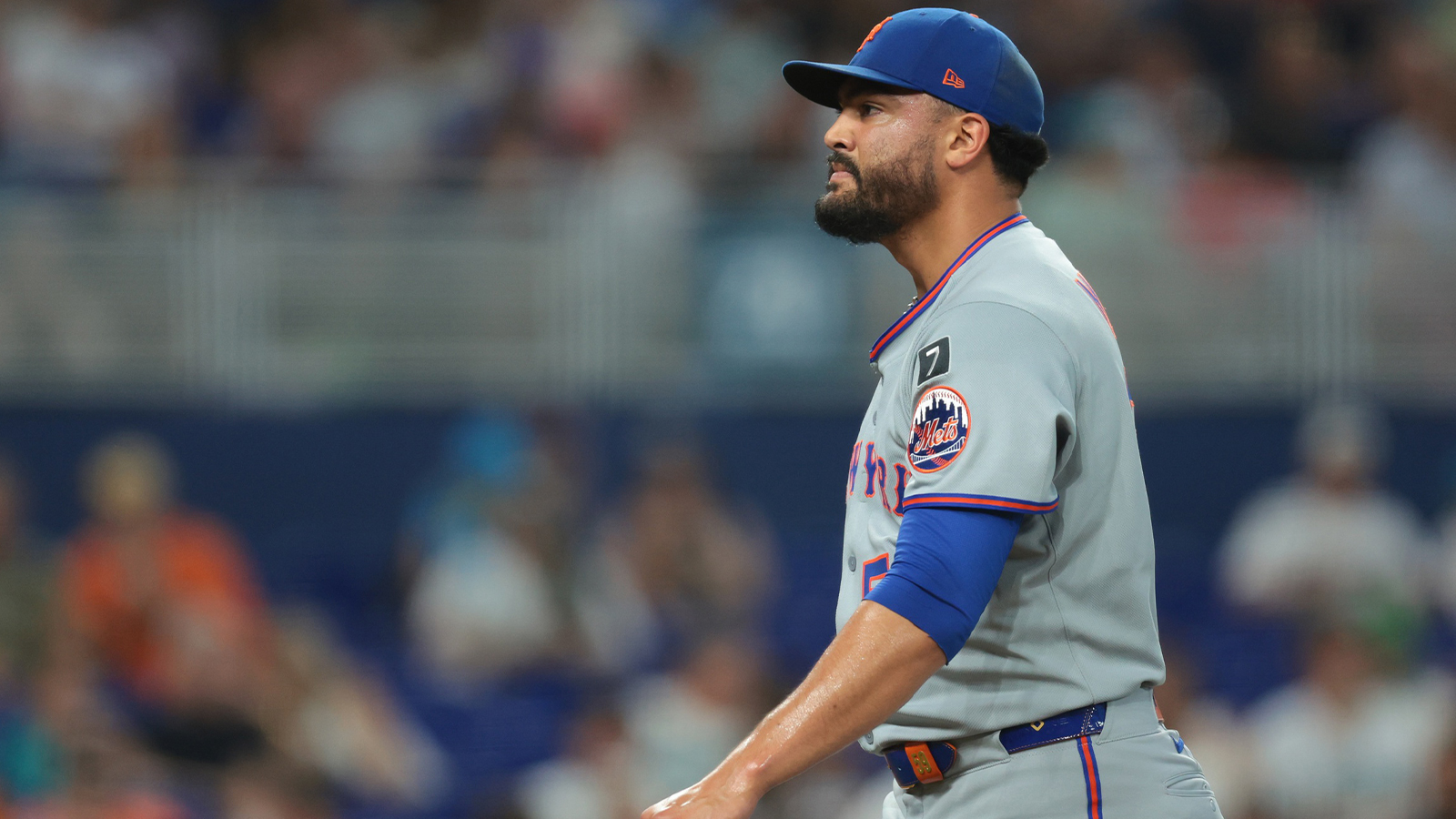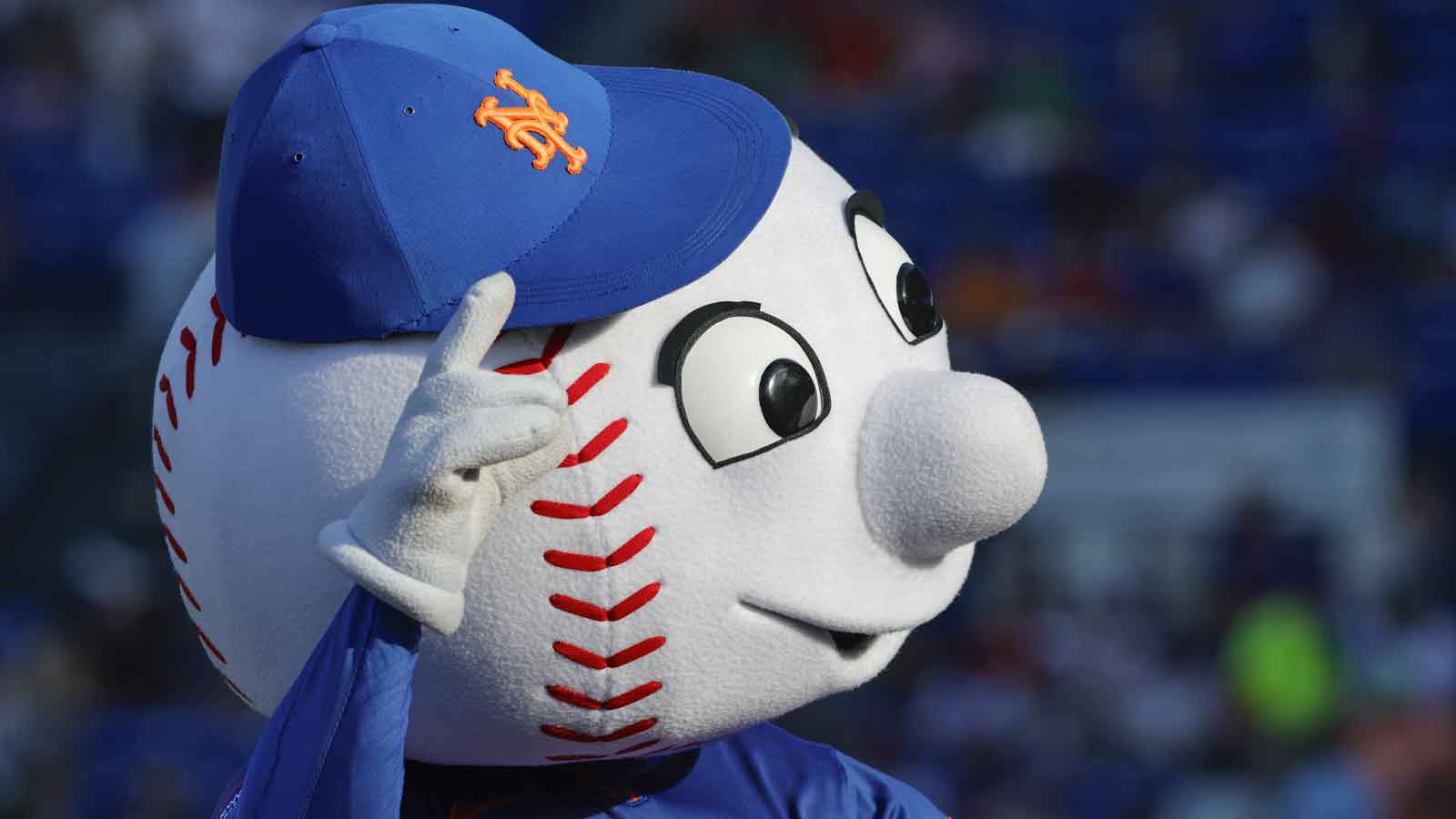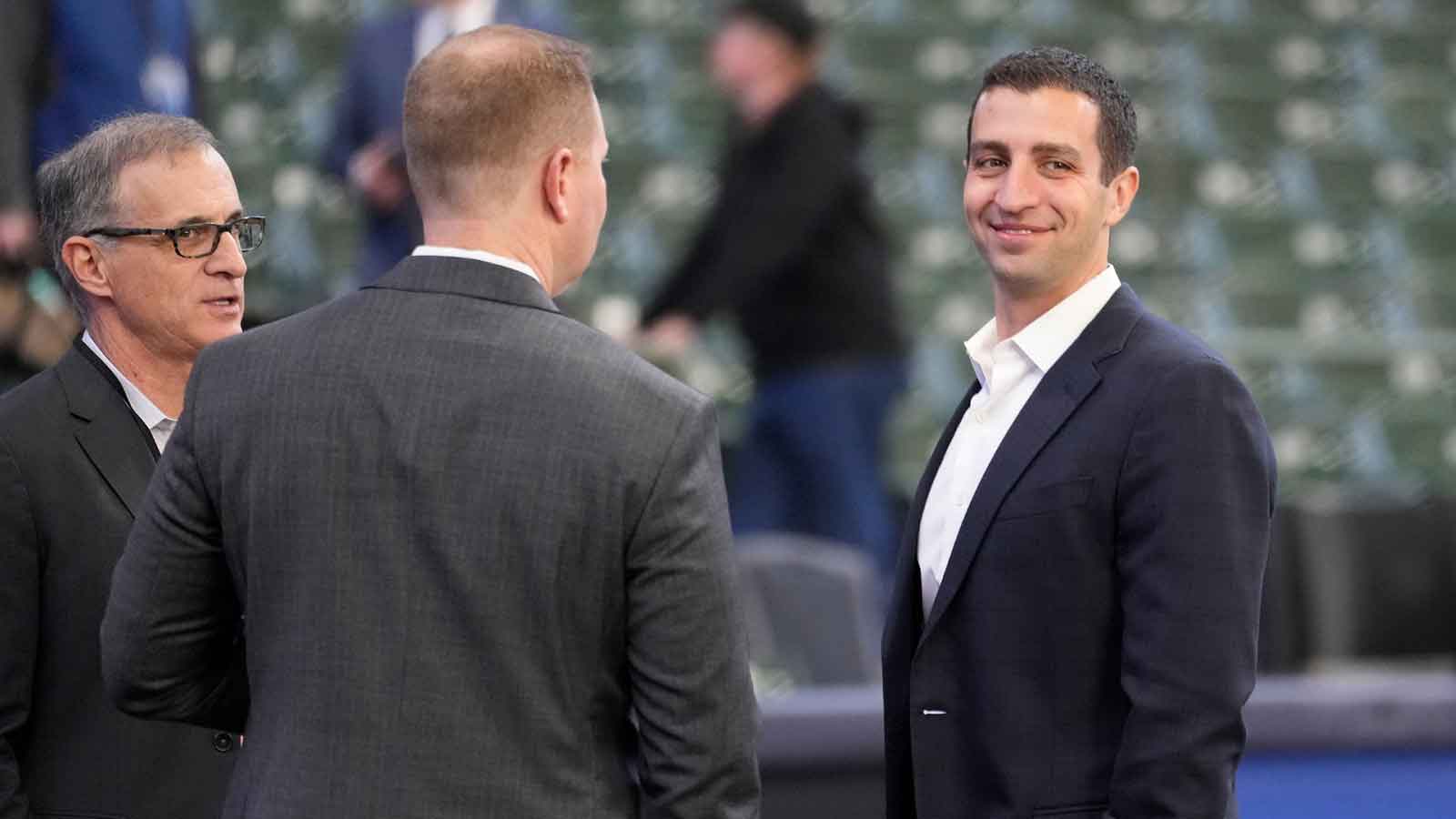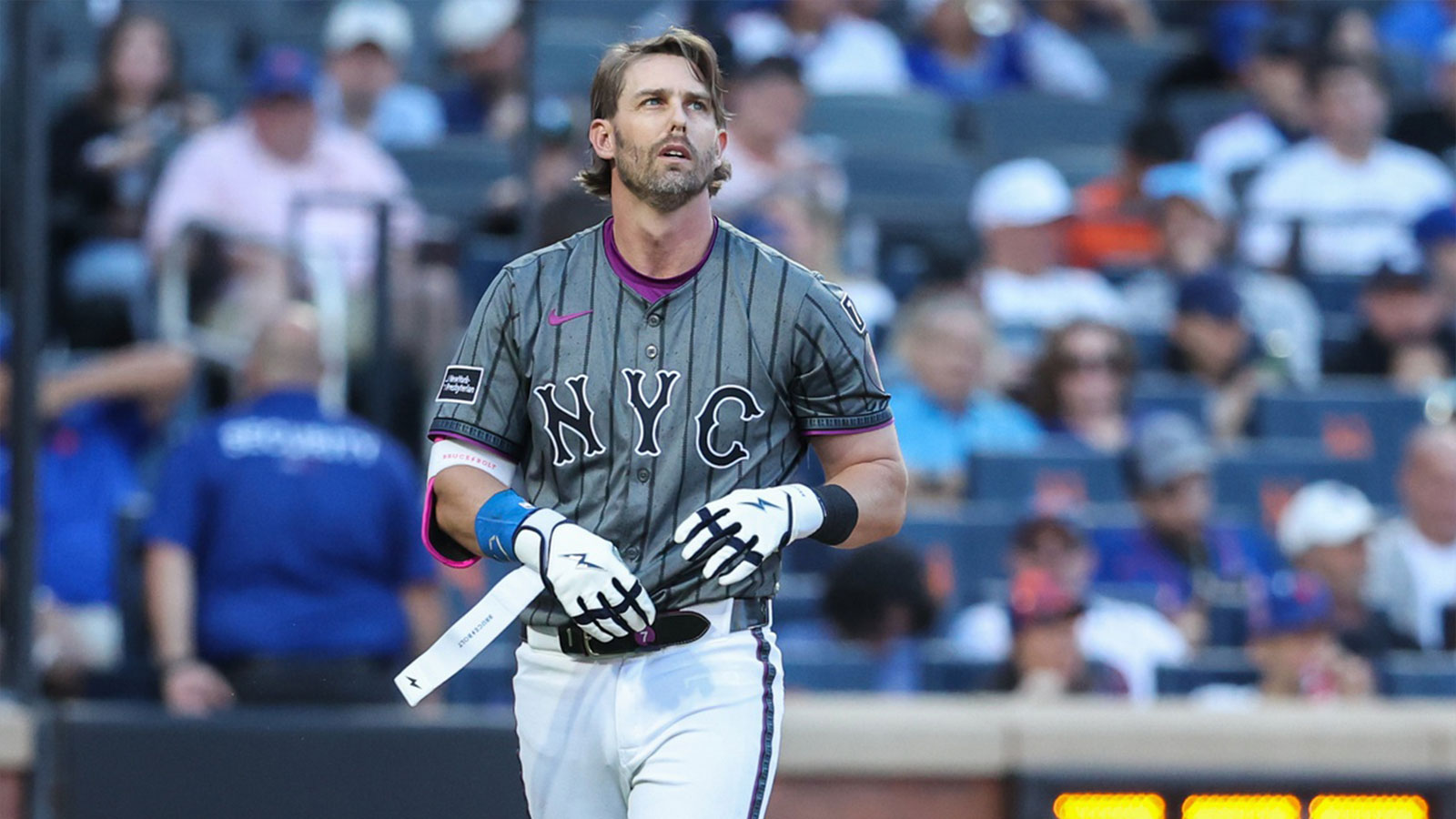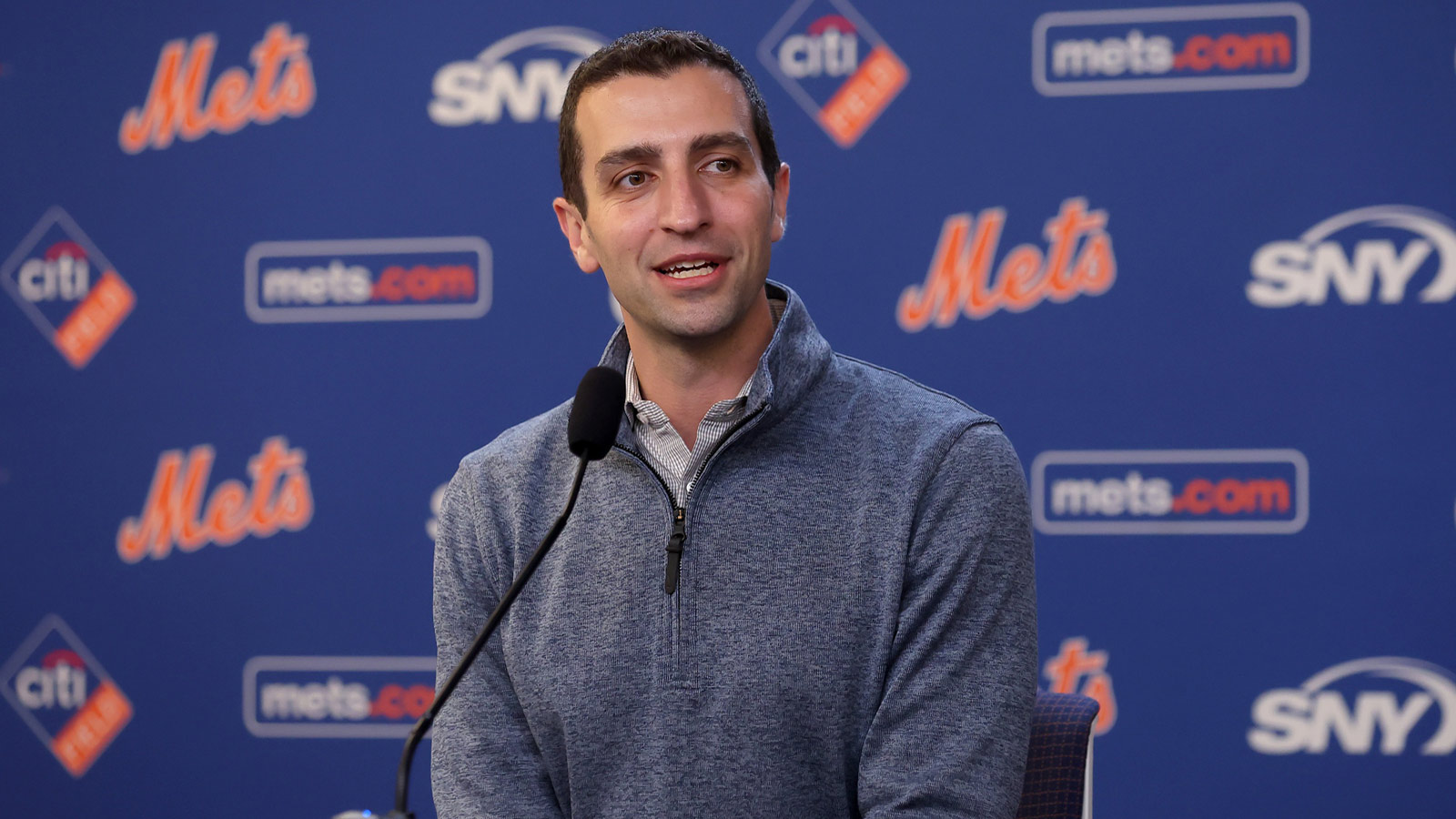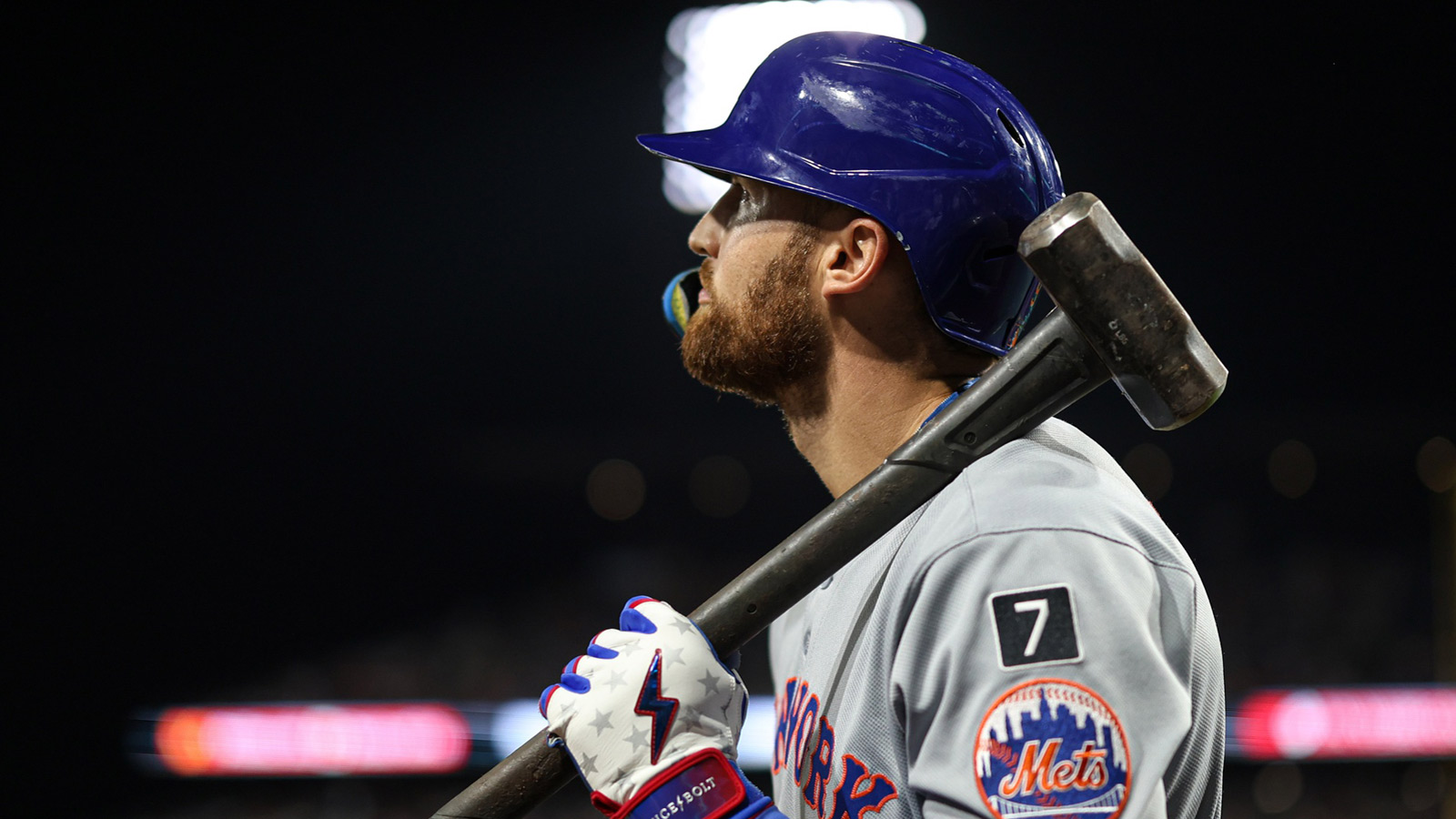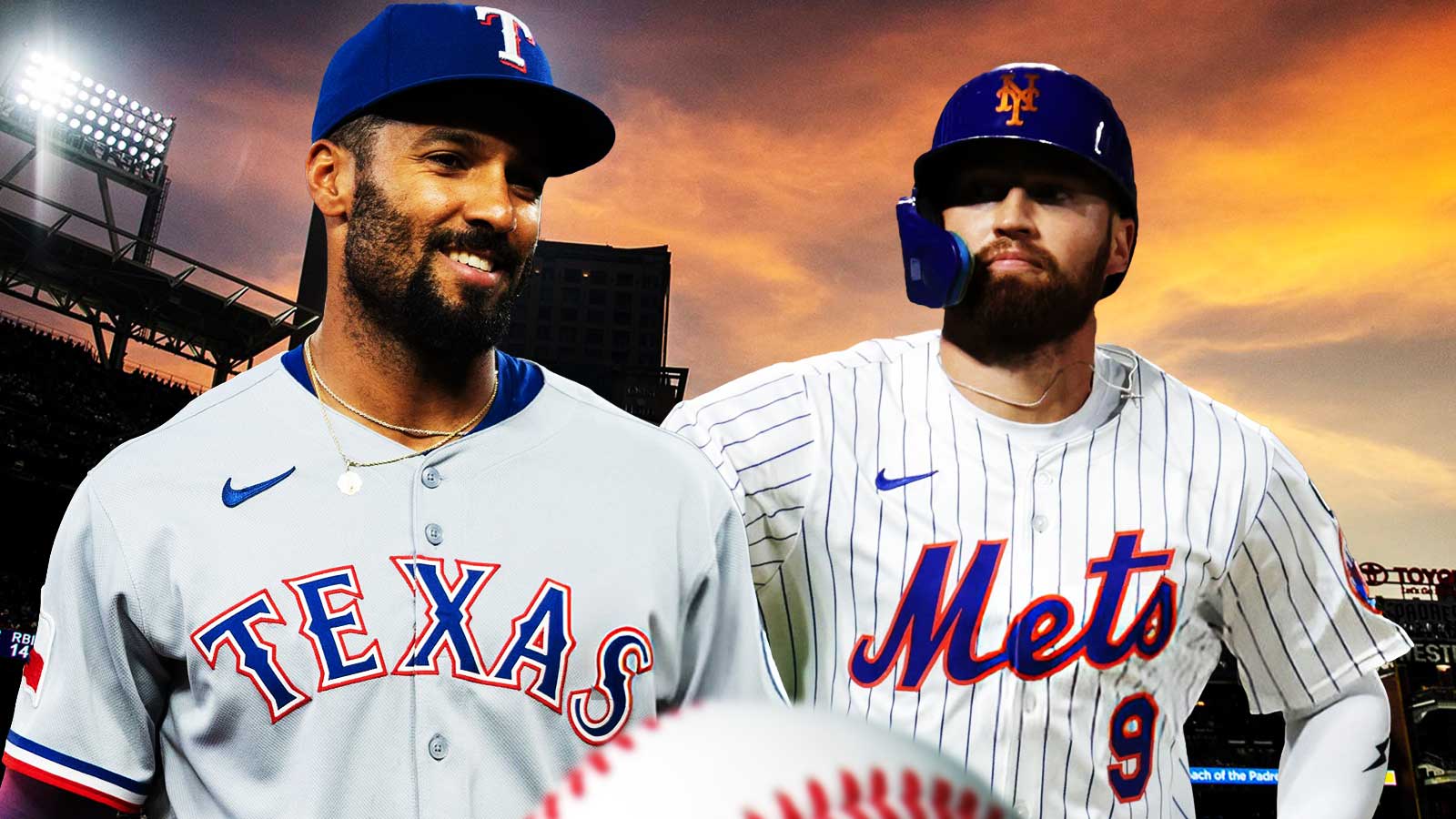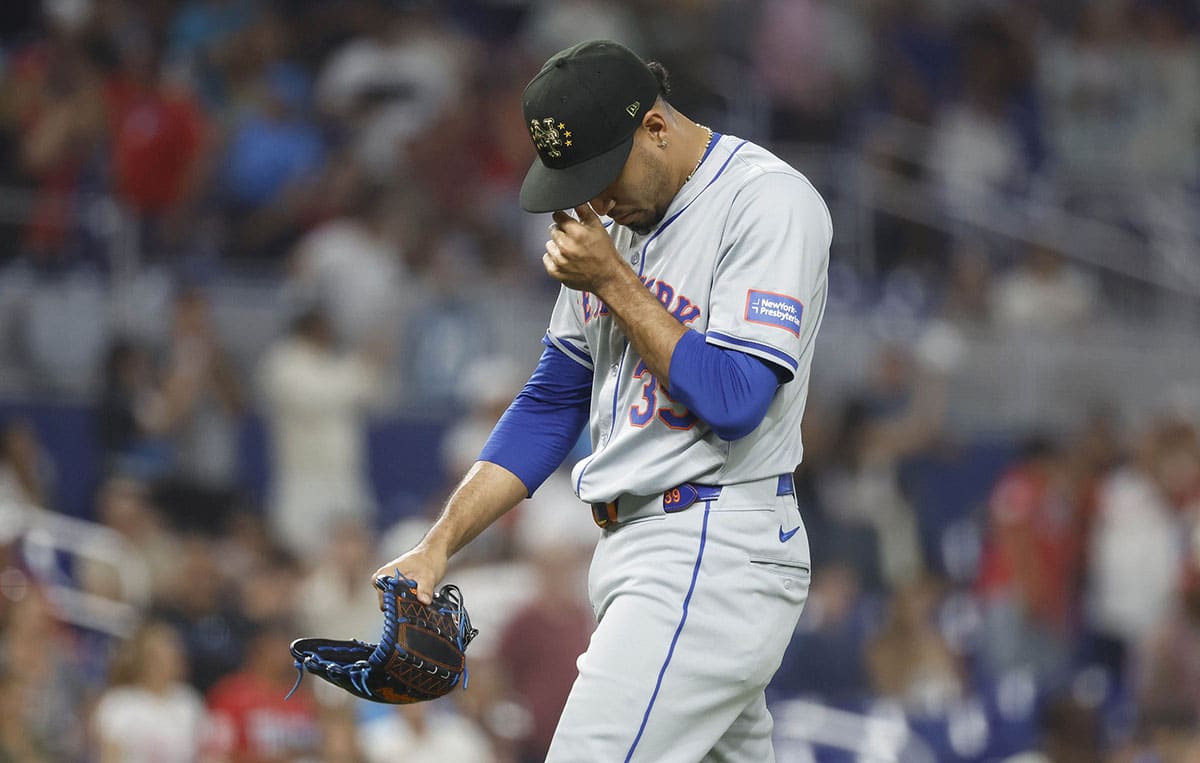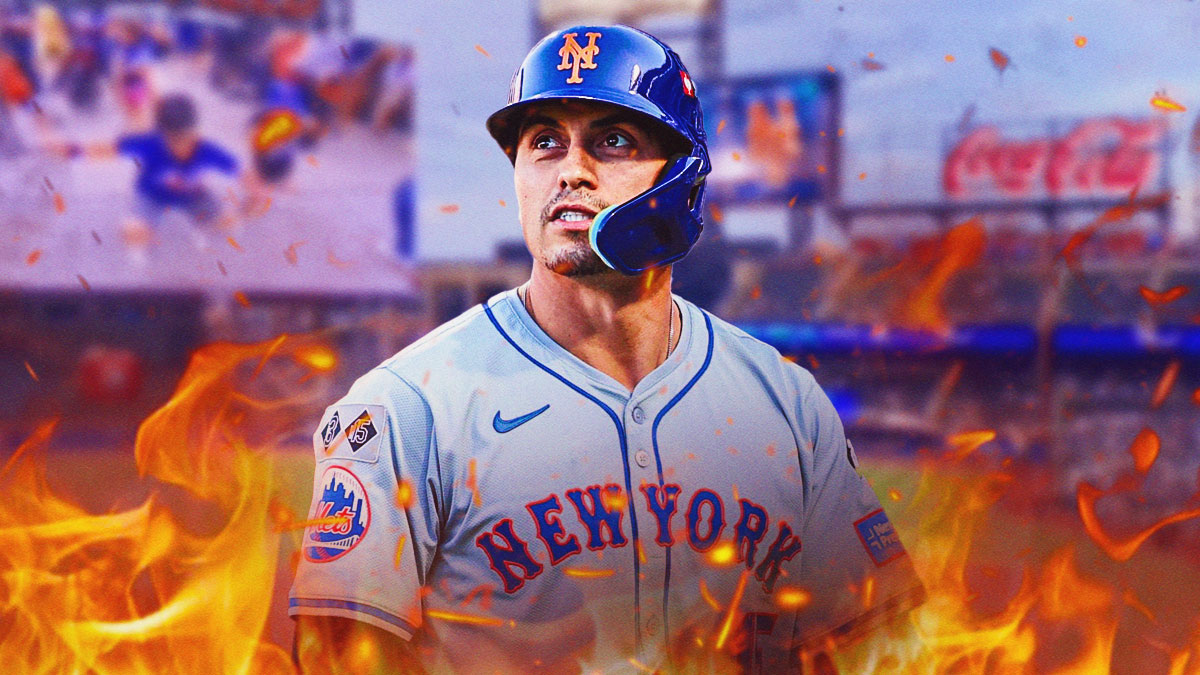As the dust settles after the 2023 MLB Trade Deadline, the New York Mets are left with some explaining to do. For one, if anyone would have told you that the Mets would be sellers at the deadline after spending $330 million in the offseason, you'd be shaking your head in confusion. But here the Mets are — shaking their own heads after trading off what they thought were going to be the most valuable players on their team this season. However, one of those players, Pete Alonso, is still donning a blue and orange uniform. But why?
Should the Mets have traded Pete Alonso?
Amidst the flurry of trades that sent star pitchers Max Scherzer and Justin Verlander packing to competitive teams, it's baffling that the Mets failed to capitalize on one of their most valuable offensive assets – Pete Alonso. The decision not to trade Alonso could be seen as a grave mistake in the future. The Mets had the chance to further reshape their team and lay the groundwork for a successful rebuild, but instead, they chose to cling to the past, and this could be problematic in the future.
Billy Eppler and Steve Cohen may be trying to put on a brave face and deny that they are in a fire sale, but their actions speak louder than words. Trading away key players like Scherzer and Verlander was a clear admission of defeat to what was supposed to be a promising season. So, if the rumor mill is to be believed and that multiple teams were interested in acquiring Alonso ahead of the deadline, why then, did Eppler and Cohen draw the line at the first baseman?
Were the Mets asking too much for Pete Alonso?
“An industry source said Alonso has been available on the trade market over the last week. While declining to discuss specific players on Sunday, Eppler emphasized that the Mets’ ‘price points are high,'” The Athletic reported on Thursday.
The asking price might have been steep for Alonso, but wasn't it worth exploring further? Perhaps the Mets were being too stubborn with their demands, unwilling to negotiate, but in a rebuilding phase, it's crucial to be open to making necessary changes.
Alonso is undeniably one of the most talented players in the league, as his impressive stats and consistent performances making him an attractive asset for any team looking to bolster their lineup. But even the most outstanding individual performances cannot guarantee a team's success. The Mets have already shown their inability to contend, and clinging to Alonso as the deadline concluded did little to change that reality.
The Mets need a change of philosophy
The Mets need to embrace the new era of baseball, where success is not solely achieved by throwing money at aging stars. Today's baseball landscape requires a more calculated approach, focusing on developing young talent and building a strong foundation for the future. At 28-years-old, its not that Alonso's age is a problem, it's that the Mets may have nothing to support in the coming years. Trading Alonso would have been an “addition by subtraction” move for the Mets.
If indeed the Mets have their sights set on a realistic approach to compete by 2025 or 2026, as Scherzer alluded to (via Ken Rosenthal of The Athletic) after his discussions with Eppler, the crucial question arises: What exactly are those plans, and what direction is the team heading in?
Holding on to Alonso was not only a missed opportunity to address pressing needs for the future, but also a signal that the Mets are not fully committed to embracing the changes that modern baseball demands. Sure, they may have reluctantly raised the white flag this season, concluding this shopping spree didn't work. But they have yet to the come to the conclusion that this will be a much bigger project, making of for decades of bad team management.

